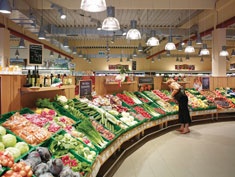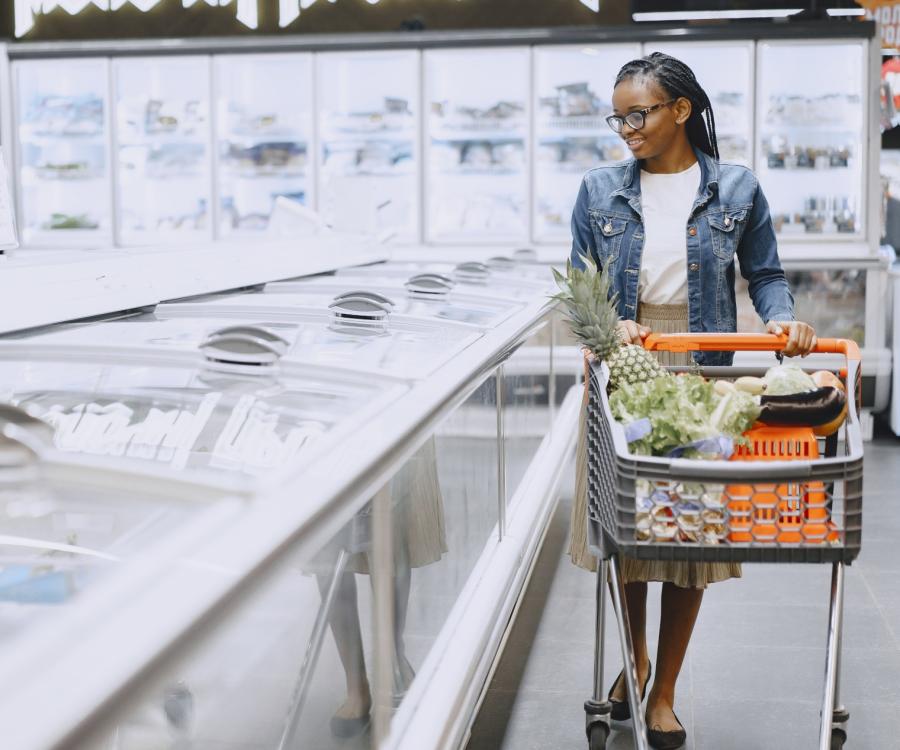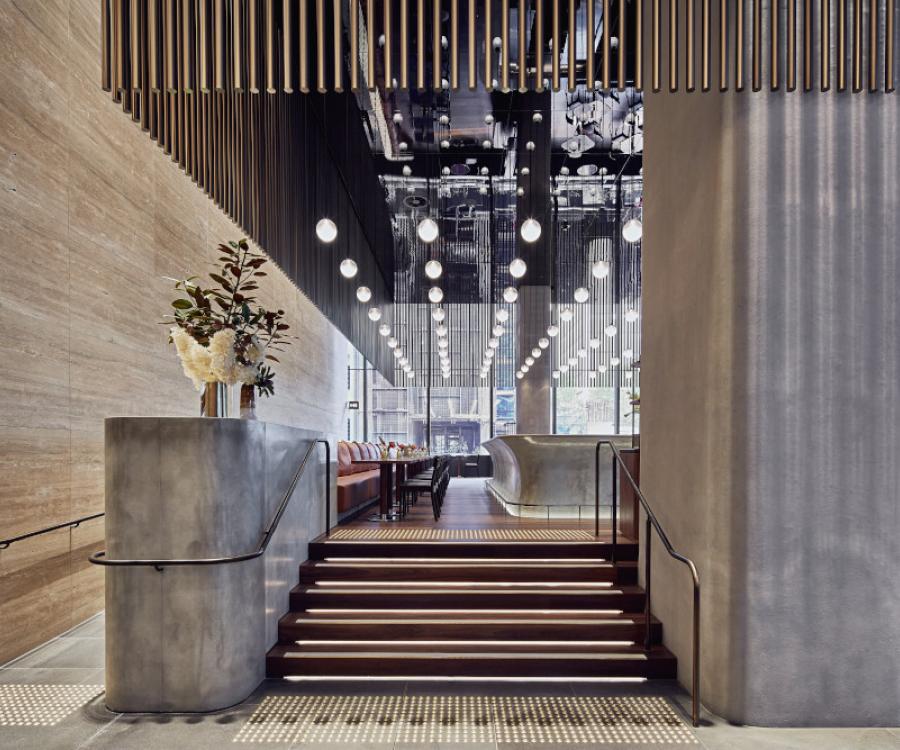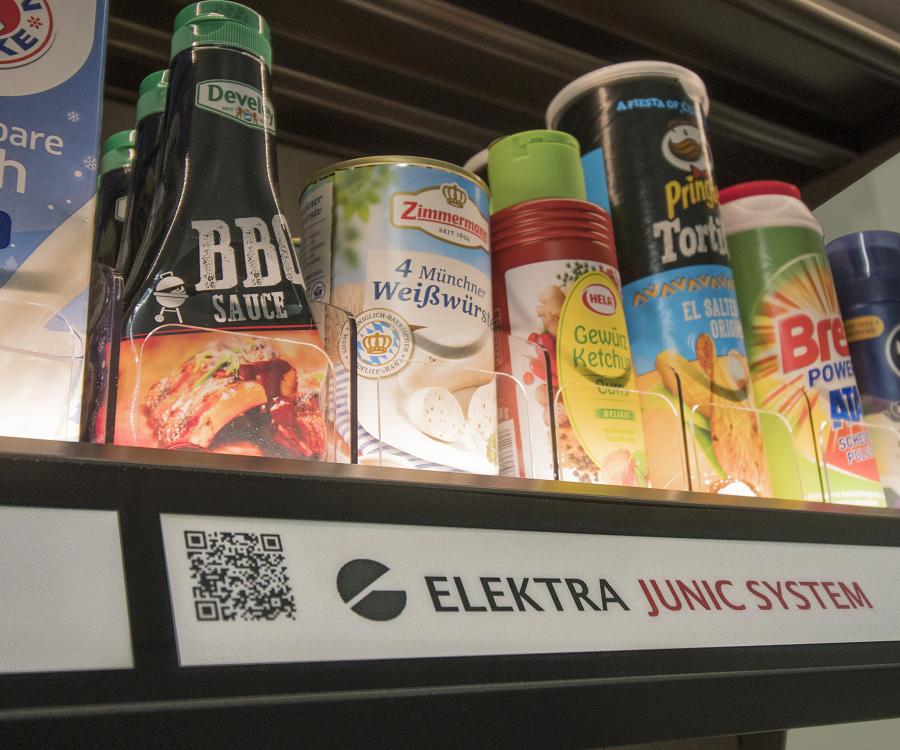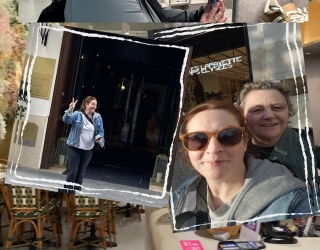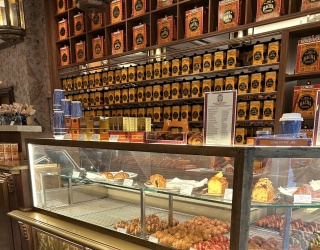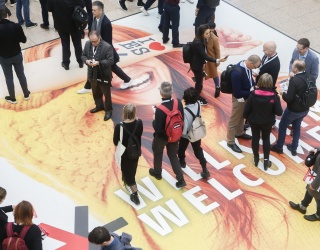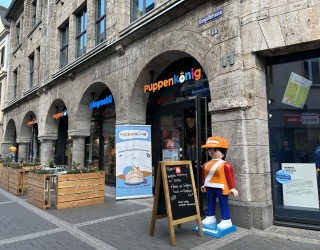Tidy and well stocked, clean and equipped with innovative details and displays: this is what sales floors and areas should look like, so they attract customers and invite them to look around. However, one detail can make a special contribution to the presentation: lighting.
People notice 80 percent of their surroundings with their eyes. That is why in modern supermarkets with their different products, lighting in particular plays a special role. It serves by staging these products, creates an ambiance, directs attention to the merchandise, assists customer flow and emphasizes the brand image of the retailer at all times.
The particular lighting solution is chosen by location and the respective special needs. LED power spots create special stages for special offers. With colorfast and brilliant light, modern high intensity discharge lamps highlight the quality and special features of different products. LED modules provide orientation. Easy to operate control systems ensure that all elements of modern store lighting come together to achieve the desired effect.
Arousing interest: the shop window
In every store, shop windows serve as a calling card. Their design draws attention and directs the gaze of people to different products and offers. Flexibility is very important in this case, since a shop window is being far more often redecorated than the inside of the store. That is why lighting needs to be flexible and adjustable to changing decorations and sales displays at any time. Perfectly aligned spotlights create lighting accents. Recessed downlighting with swivel reflectors are also an ideal solution for window presentations. Light sources with high luminous efficacy and excellent color rendering are required for shop windows. Tungsten halogen lamps for instance are well suited for this.
The entrance foyer: the calling card of the market
The entrance foyer fulfills a special function. It welcomes customers into the store. That is why it is important that the store does not just place eye catchers such as new products or seasonal goods there, but to also make sure the customer instantly feels comfortable and gets in the mood to look around. The lighting helps the customer to distinguish the individual areas of the store and makes orientation easier at the same time. Direct or indirect surface lighting is achieved by regular placement of very wide flood light types over the entire sales floor, or the use of large luminous surfaces, which are horizontally or vertically arranged.
Light accentuates freshness: application in the food area
Many supermarkets today count on presenting fresh foods in close proximity to the entrance. Special lighting, which highlights freshness, but does not damage the goods through heat or infrared radiation (IR), is required for fruit and vegetable stalls, but also for meat and bakery products. Too much UV or infrared radiation is a big problem especially for groceries. Sweating cheese and graying sausage literally spoil a customer’s appetite. That is why LED lighting enjoys ever-greater popularity in retail for several years now: it is free of damaging UV and infrared radiation.
Matching luminous colors also highlight the natural characteristics of food: fruit and vegetables need warm-white colors and lighting with excellent color rendering. Gold-colored light is ideal for bakery products, cool colors are well suited for fresh fish in the counter laid out with ice.
The same goes for textiles: a trend towards naturalness
Subtlety is needed when it comes to lighting of clothing areas in the store. A well-balanced combination of general and accent lighting provides an ideal merchandise presentation. Flexibility and economics come together here. The attempt towards genuine lighting conveys a realistic impression of the product to the customer on the one hand and on the other hand can be flexible and used for different collections. An authentic product presentation ensures that the customer trusts the retailer. If the sweater looks just as green in the store as it did outside in the window, the customer feels respected and ideally likes to return.
The MEXX shop in Harleem (Netherlands) for instance tries to give its customers the”MEXX feeling“. To do this, the store counts on realistic lighting. White light is particularly well suited for this. It can be attuned to the different and changing collections in dressing rooms and can also be adapted to the respective season. Tunable white lamps by Zumtobel for instance bring a vibrant white light to the sales floors. These LED lamps excellently render color temperatures between 2,700 and 6,500 Kelvin and can be adjusted to specific applications and objects. The nearly UV and IR free LED light is also gentle to sensitive products and makes sure that the colors do not fade out.
A solution for all areas: LED lights
Another advantage of LED lighting is the fact that the variable luminous color also lends itself to other areas of the supermarket. A simple change between warm and cool white lighting allows for flexible lighting design without having to install different lamps all over the store.
Lighting in the supermarket: requirements on planning and products have increased
The trend in lighting at supermarkets clearly goes towards an accentuated presentation of products. Modern, flexible solutions are needed for this, which in times of the buzzword sustainability need to have one characteristic in particular: they should use as little energy as possible. After all, even today almost one quarter of energy costs applies to lighting. Energy-saving LED light sources contribute to more efficiency and sustainability. However, optimal light planning that makes allowances for the special store setting is just as important. Luminaires or strip lighting arranged alongside and between shelves create great light distribution in the sometimes quite narrow spaces. Smartly arranged reflectors make sure that the merchandise is evenly lit up in all shelf areas, even though not all of them are within the range of the light fixture.
Lighting at the checkout – less is more
The entrance lures the customer in, while the sales room presents the product in the “best light“. You need dynamic and product coordinated lighting for this. Unlike those store areas that want to invite the customer to come in, stay and look around, customers at the checkout just want to pay quickly and conveniently. What’s more, at the checkout, the sales room turns into a place of work. For employees to be able to focus on their job, lighting should be consistent. Relatively low illuminance levels of 500 lux are required in this area. An anti-glare coating makes work at the point-of-sales terminal as user-friendly as possible.
Daniel Stöter, Elisabeth Henning, iXtenso.com

